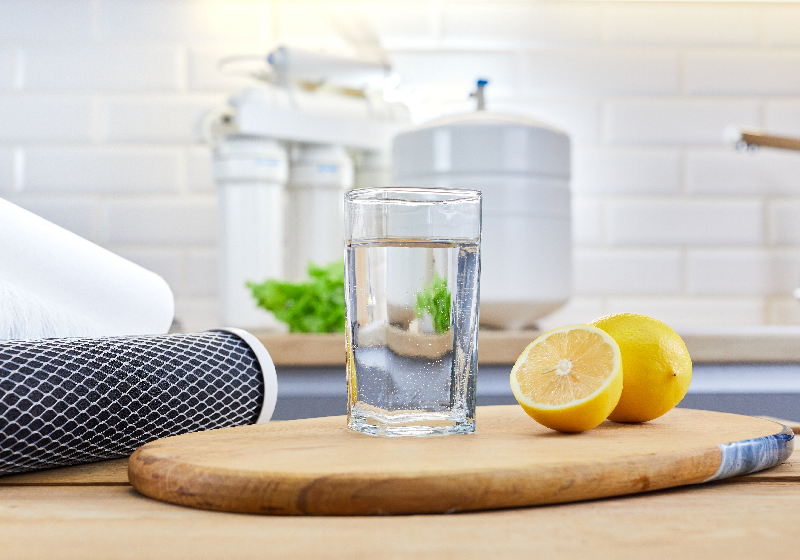When in the market for a new home, there are endless considerations home buyers must think through. Dividing the “must-haves” from the “nice-to-haves” can be difficult, but parents are wise to keep the health of their families a top priority. Buyers can easily feel overwhelmed by the number of dangers and health hazards that demand their attention in purchasing a new home, but one health hazard that both the EPA and the CDC have highlighted as a concern in households is lead contamination.
Many families and communities are exposed to the harmful effects of lead through their homes’ drinking water, but they may not be aware of this issue until after experiencing health problems. Lead contaminants within drinking water cannot be seen or tasted, so even in regions that aren’t commonly affected by lead, homeowners should be aware of every precaution at their disposal.
What are the Effects of Lead Contamination?
Lead has been a major part of industry and various technological advancements in history, but widespread understanding of the harmful effects of lead poisoning didn’t truly occur until the late 1970s. In a paper produced in coordination with the Center for Biological Diversity, Dr. Herbert Needleman describes some of the findings from early behavioral studies conducted on children who recovered from lead poisoning. Here, pediatricians found 19 out of 20 children were diagnosed with considerable behavioral disorders or intellectual impairments even after recovery.
Though studies like these led to transitions away from lead-based paints and other commonly-used lead plumbing, many are still subject to lead contamination to this day. Some of the most vulnerable groups include developing children (particularly under the age of six), and women while going through pregnancy. Of individuals who suffer from extreme lead exposure, health effects include:
Although the effects of excess lead exposure is more severe to children than they are to adults, couples who are expecting should be particularly wary of their lead intake. During pregnancy, lead can be easily transferred to the embryo throughout development. While these effects may sound alarming, it is important to note that most homes do not deal with meaningful lead contamination. For homes that do have high levels of lead contaminants, there are options to take action.
What Actions Can Homeowners Take?
Common sources of lead contamination vary based on region and economic situation. Up until 1978, lead-based paint was widely used in homes. Children’s toys, jewelry, and cosmetics all pose lead contamination risks. Though drinking water might seem to be a looming threat in the battle against lead, resolving this potential contaminant source might be the most actionable for homeowners.
Determine Lead Contaminant
Homeowners should start by confirming whether they actually have an issue with lead in their drinking water! A suspicion is just a suspicion, initially. Under the Safe Drinking Water Act (SDWA), local community water systems are required to deliver an annual report on their drinking water quality each year by July 1. Even if a community’s water is clean, a home can be affected by out-of-date piping. Homeowners can order a water quality test to determine the status of their home’s personal water supply. (Contact your local NPI inspector to ask about water quality testing.)
Implement a Filtration Plan
If a home’s drinking water does test highly for lead content, filters can be used to great effect. Filters can be directly applied to faucets as well as shower heads, and there are a wide variety of quality filter pitchers on the market that remove many common contaminants. For the most reliable filters, rely on those certified by the National Science Foundation (NSF).
Run Cold Water When Cooking
Finally, it is important to point out that boiling water does not remove lead from water, and should not be relied upon as an option for reduction. In fact, warm and hot water are said to contain higher levels of water overall than cold water. Experts at the CDC recommend running water for a period of time (depending on the presence of a lead service line) prior to drinking to “flush” the home’s water systems.
Take additional steps at maintaining a safe and healthy home by learning about your home’s ventilation systems. To schedule your annual home maintenance inspection, contact your locally-owned National Property Inspections team today!



